The C1 Corvette: Pioneering the American Sports Car Legacy
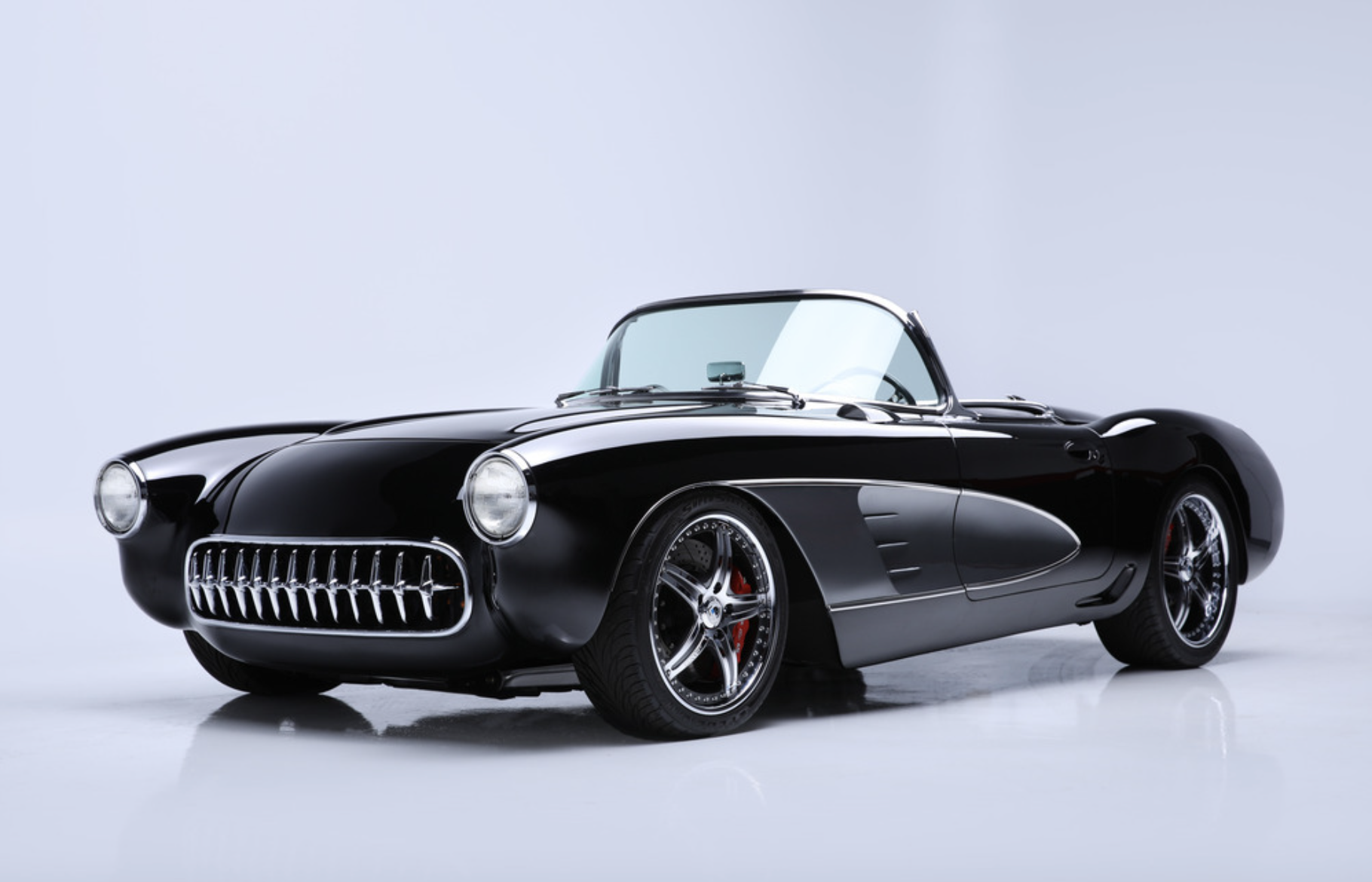
Click Here For The C1 Corvette For Sale in Dallas TX
Welcome to our first blog post, where we start from the very beginning of it all and explore the remarkable legacy of the C1 Corvette. As we delve into the history of this iconic American sports car, we are transported to an era of innovation and exhilaration. The C1 Corvette, born in the 1950s, forever etched its name in automotive history, captivating enthusiasts with its timeless design and groundbreaking performance. Join us as we unravel the story behind this automotive legend and discover the indelible mark it left on the industry. From its inception to its enduring influence, let's dive deep into the world of the legendary C1 Corvette.
The birth of the C1 Corvette can be traced back to the visionary minds at General Motors, who sought to introduce an American sports car that could rival the European counterparts of the time. At this time, the thirst for sports cars among the masses was yet to be born and virtually all sports cars were imported from Europe. It was the legendary Harley Earl, coined as "the father of the Corvette" who dreamed up the concept and spearheaded the innovating direction of the concept of this two-seater sports car. Earl was the pioneer of free-form sketching and hand sculpted clay models. He even introduced the concept of the "concept car" as a way to design future vehicles but to also build intrigue by consumers making for an outstanding marketing tactic. Earl was indeed instrumental, yet there were other players in this game who were undoubtedly crucial for the C1 Corvette's inception.
Ed Cole, the new Chief of Engineering and later General Manager was the corporate-level advocate for bringing this dream into reality. Cole was the kind of guy that pushed the boundaries of the words 'no' and 'can't'. It was because of his pushing that gave many green-lights to the Corvette project. He was the one who eventually pitched the concept of "The American Sports Car" to the then GM President Harlow Curtice. But Cole and Earl couldn't execute on this task alone. They needed a finely tuned orchestra to bring this to life. They were the leaders of the project, and the other player's on this "Dream Team" were Ellis “Jim” Premo, Bob McLean, Maurice Olley and Mauri Rose.
Jim Premo was the body engineer on the C1 Corvette tasked with creating a sleek and beautiful looking exterior that people would turn their heads to. He was the one who suggested and implemented using fiberglass body panels in 1954 instead of steel.
Robert McLean was a young engineer tasked with creating the best chassis possible for the C1 Corvette. This was a big task for a new engineer and eventually McLean became overwhelmed with the demands for this construction project. When Earl noticed this, he brought someone into the room who had deep experience in engineering, the Director of Research and Development, Maurice Olley.
Olley was an engineering savant who concentrated on the principles of engineering and always strove to make things better than they were once made. He spent his earlier engineering years at Rolls Royce, and over 25 years at GM and Chevrolet. His passion and influence played a key role in the creation of the C1 Corvette. However there was someone else that brought a fresh perspective from the field, or in this case, the track.
Maurie Rose was a race car driver brought on not only for his legendary track experience, but also because of his engineering background. He was a 3 time Indy 500 winner who was the perfect addition to the dream team. Together, these men brought the C1 Corvette from dream to reality and satisfied the leadership at GM.
Inspired by the sleekness of European sports cars and the desire to showcase American engineering prowess, the Corvette project gained momentum. Earl's team worked tirelessly to bring their vision to life, combining a lightweight fiberglass body with a powerful engine to create a truly groundbreaking vehicle. With its distinct styling, undeniable charisma, and uncompromising performance, the C1 Corvette emerged as a symbol of American ingenuity and a testament to the pursuit of automotive excellence.
The C1 Corvette, the first generation of the iconic Corvette series, was manufactured from June 1953 to July 1962. It debuted with an initial price tag of $3,498 in September 1953, which is equivalent to $38,815.48 in 2022. By July 1962, the price had increased to $4,038, amounting to $39,614.65 in 2022. The car came in 4 flavors: Polo White, Pennant Blue, Sportsman Red, and Black.
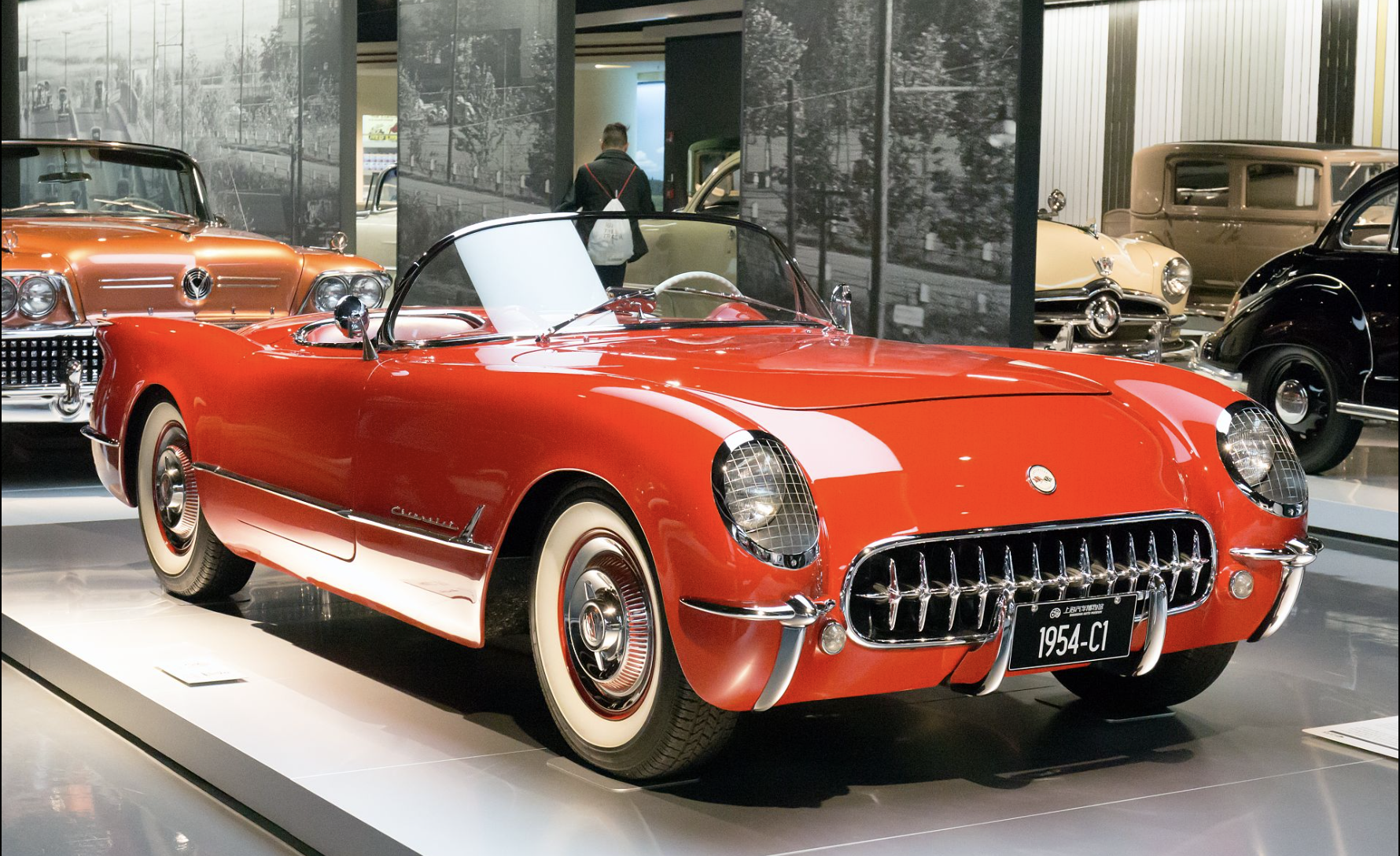
Engines and Performance
The C1 Corvette featured various engine options throughout its production span. The early models (1953-1955) were equipped with a 235 cubic inch (3.9L) "Blue Flame" inline-six engine, producing a range of 150 to 155 horsepowe, utilizing a 2 speed “powerglide” automatic transmission, and 0–60 mph was 11.5 seconds. From 1955 to 1956, the "Turbo Fire" 265 cubic inch (4.3L) V8 engine was introduced, offering a power output of 195 to 240 horsepower.
In 1957 to 1961, two engine choices were available. The first was a 283 cubic inch (4.6L) V8 engine with a carburetor, generating 220 to 270 horsepower. The second option was the same 283 cubic inch (4.6L) V8 engine, but with Rochester fuel injection, providing a power range of 250 to 315 horsepower.For the final year of the C1 Corvette's production (1962), Chevrolet introduced the 327 cubic inch (5.4L) V8 engine. It was available with a carburetor, delivering 250 to 340 horsepower, or with Rochester fuel injection, offering an impressive 360 horsepower.
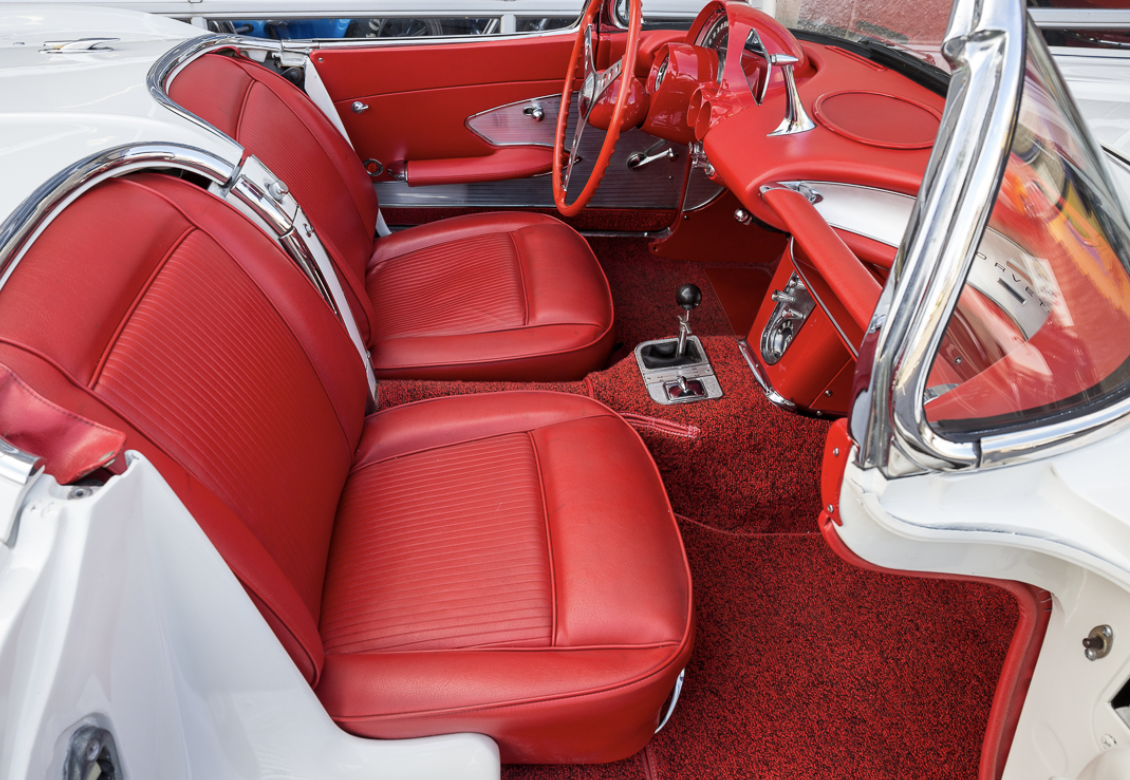
Transmissions and Chassis
The C1 Corvette offered a selection of transmissions to complement its powerful engines. The options included a 2-speed Powerglide automatic transmission, which was available from 1953 to 1962 as an optional feature. A 3-speed manual transmission was introduced in the late-1955 model year, though it remained uncommon until becoming standard equipment in the 1956 model year. Additionally, a 4-speed close-ratio manual transmission was introduced in the mid-cycle of 1957, providing drivers with more control over their driving experience.
In terms of chassis, the C1 Corvette featured a box-girder frame with crossmember reinforcement. Its front suspension consisted of an independent coil-spring setup with knee-action and a stabilizer bar, ensuring stable and responsive handling. The rear suspension utilized a solid axle, leaf springs, and nitrogen-bag shock absorbers to provide a balance between comfort and performance. The braking system incorporated hydraulic 11" drum brakes with a rear-wheel parking brake.
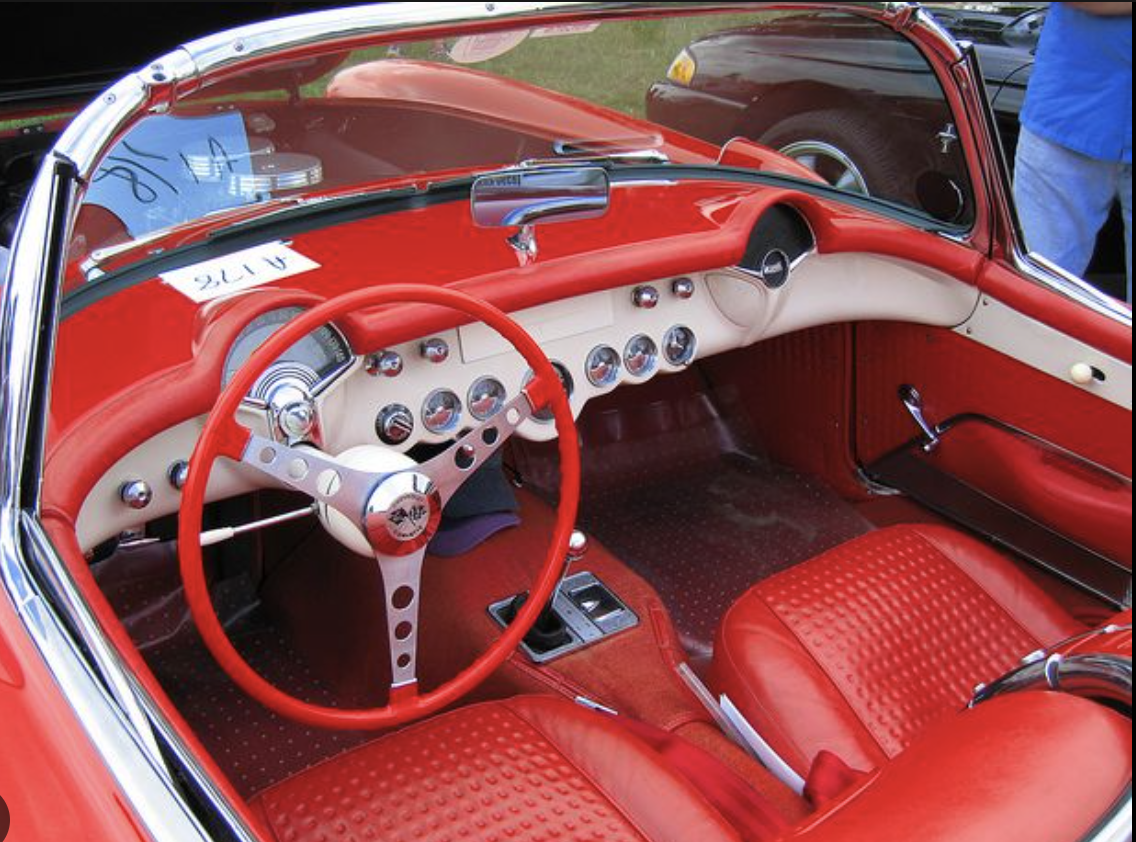
Performance Figures (1962 with 360hp 327ci, 3-speed manual)
The 1962 C1 Corvette, equipped with the powerful 360-horsepower 327 cubic inch (5.4L) V8 engine and a 3-speed manual transmission, delivered impressive performance figures. It achieved an acceleration of 0 to 60 miles per hour in 5.5 seconds and reached 0 to 100 miles per hour in 13.1 seconds. The quarter-mile sprint was completed in 14.1 seconds.
The theoretical top speed claimed by Chevrolet for the 1962 C1 Corvette was 147 miles per hour. It could reach 0 to 140 miles per hour in 45.2 seconds, showcasing its remarkable speed capabilities.
The C1 Corvette set the stage for the enduring legacy of the Corvette brand, combining eye-catching design, powerful engines, and exhilarating performance, all of which contributed to its status as an American automotive icon. Although at first glance It may seem that the first Corvette was a home run, but Chevy struggled with sales in the beginning. Corvettes were expensive, and America's appetite for American sports cars was yet to be created. Even though it started this way, with the artful design and iteration of the C1 Corvette continuing to draw attention from the masses, that appetite began to rumble a little louder.
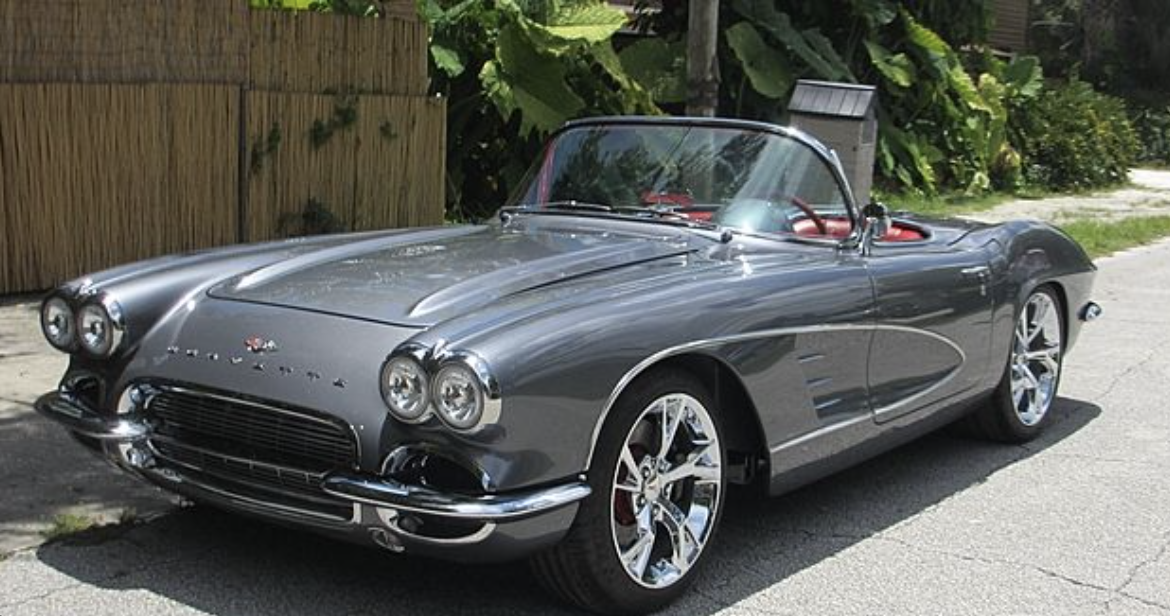
During the GM Motorama in New York City, a Belgian-born American engineer and race car driver named Zora Arkus-Duntov couldn't help to be captivated by the C1 Corvette on display. After learning of the specs and feeling underwhelmed with that was underneath, he wrote a letter to Ed Cole saying that it would be awesome to work on such a beautiful car and included a technical paper on a method calculating and analyzing top speed in automobiles. Cole was impressed as well as other GM execs and Zora was asked to come aboard as an Assistant Staff Engineer for Chevrolet. It was from there that the legend of Zora Arkus-Duntov, a name synonymous with Corvette dominance, prowess, and exhilaration, was born. He went on make an indelible impression at Corvette creating a plan to overtake Ford's lead in racing usage, developed the famous Duntov high-lift camshaft and in 1957, helped bring fuel injection to the C1 Corvette. These were only a few of the innovations Zora Arkus-Duntov brought to the table, though he is known as a Corvette legend among enthusiasts, engineers and drivers.
While the C1 was well underway, between 1955 and 1960, there was a secret project being amassed to deliver a reimagined version of the Corvette to the market. A race car designer and driver named Larry Shinoda, under the direction of the Vice President of Styling Bill Mitchell, began to craft a split-rear window, "coke-botte" framed vehicle nicknamed the Stingray. This would become a branding phenomenon that to this day is used to showcase a dangerously sexy Corvette that is as elusive as it is an aggressive predator. The C2 Corvette became an American sports car and race car icon, and the Stingray on the minds of all lovers of beautiful and fast cars for years to come.
Click Here to discover the Next Generation of Corvette, the C2 Corvette Stingray
Click Here for Our C1 Corvette Inventory
Corvette Warehouse Dallas TX, the largest selection of Corvettes in the South USA!
